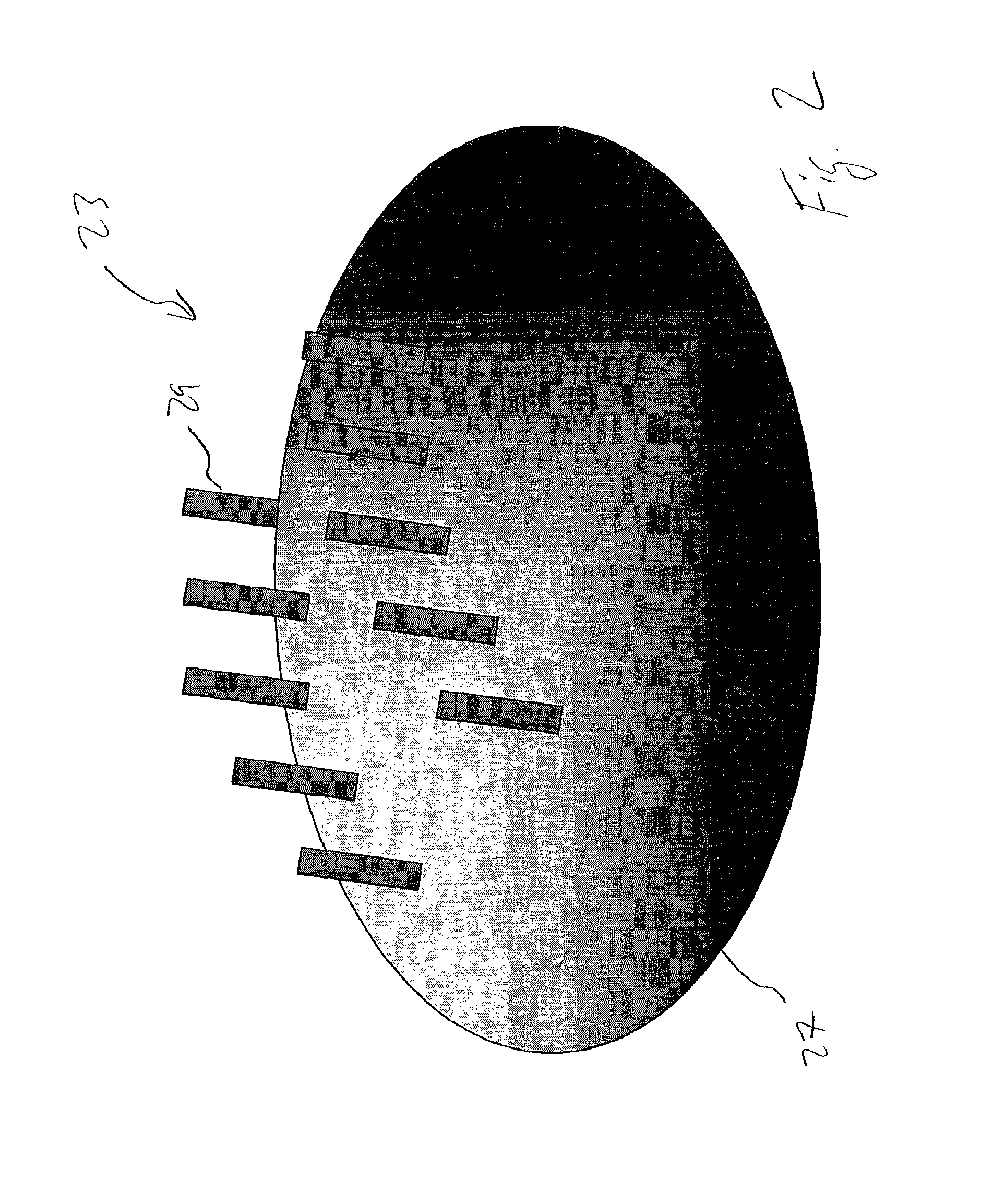Crash attenuation system for aircraft
a technology of attenuation system and aircraft, which is applied in the direction of aircraft ejection means, floats, emergency apparatus, etc., can solve problems such as failure of airbags, and achieve the effect of reducing variability
- Summary
- Abstract
- Description
- Claims
- Application Information
AI Technical Summary
Benefits of technology
Problems solved by technology
Method used
Image
Examples
Embodiment Construction
[0019]The present invention provides for an inflatable crash attenuation system for aircraft. The system comprises an airbag that is inflated prior to impact and vented during impact, but also includes the ability to re-inflate for use as a post-crash flotation device. The present invention may be used on all models of aircraft, for example, helicopter, fixed wing aircraft, and other aircraft, and in particular those that are rotorcraft. The system of the invention improves on the prior art by providing automatic control of the venting valves and providing for post-crash re-inflation. The system of the invention may actually reduce the loads in an airframe structure needed to support large mass components (such as an engine and / or transmission), allowing for construction of lighter-weight airframe structures, which can offset the additional weight of the crash attenuation system.
[0020]FIG. 1 shows a helicopter 11 incorporating the crash attenuation system according to the present in...
PUM
 Login to View More
Login to View More Abstract
Description
Claims
Application Information
 Login to View More
Login to View More - R&D
- Intellectual Property
- Life Sciences
- Materials
- Tech Scout
- Unparalleled Data Quality
- Higher Quality Content
- 60% Fewer Hallucinations
Browse by: Latest US Patents, China's latest patents, Technical Efficacy Thesaurus, Application Domain, Technology Topic, Popular Technical Reports.
© 2025 PatSnap. All rights reserved.Legal|Privacy policy|Modern Slavery Act Transparency Statement|Sitemap|About US| Contact US: help@patsnap.com



